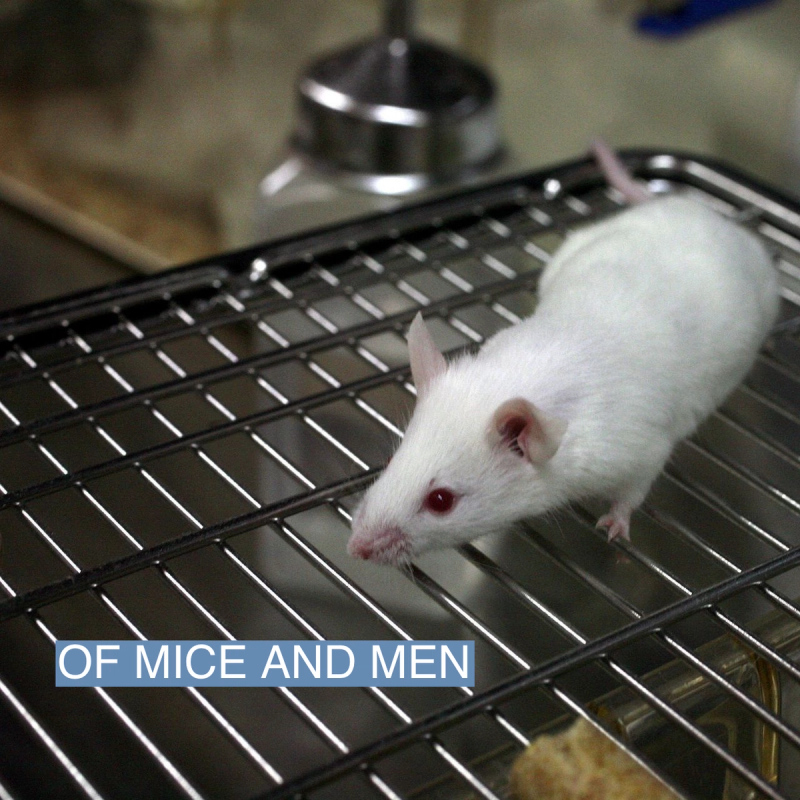The News
The possibility of anti-aging therapies is a step closer after two research teams managed to reverse some signs of aging in mice. Scientists at a biotech firm modestly extended elderly mice’s lifespan, while a Harvard team caused mice to age artificially, and then reversed some effects.

Tom’s view
Most human diseases are either caused by or exacerbated by aging. Cancer, heart disease, dementia, diabetes: All grow much more likely as we age. Even infectious diseases are often more dangerous to weakened elderly immune systems. People get unnerved by the idea of “curing” aging, but we’re all comfortable with the idea of curing disease and making people healthier. Progress in anti-aging medicine holds up the possibility of staying healthy and fit even into old age. No doubt, like any new medicine — any new technology — it would start out expensive, available only in rich countries, but should fall in price and become more widely available.
KNOW MORE
Scientists have been studying the mechanisms of aging for decades. In recent years, attention has fallen on the “methylation” of our DNA. DNA is made up of four building blocks:, the nucleotides cytosine, guanine, adenine, and thymine. As we age, the cytosines change, chemically, adding a little group of atoms called a methyl group. The percentage of methylated cytosines in our DNA tracks our age remarkably accurately.
But the methylation clock may be doing more than tracking: It may be causing aging. All cells in our body start out as stem cells. The chemical environment they find themselves in tells them which genes to turn on or off, so that they specialize as brain cells, or liver cells. There are four genes called Yamanaka factors which, if turned on, tell the cell to revert to stem cells. It’s been shown that this “resets” the methylation clock, and, it’s theorized, could slow or reverse aging.
TRYING AND FAILING
There are problems, though. The first is that just modifying mice so the Yamanaka factors are on all the time is a disaster. They get awful tumors and organ failures and die.
Scientists solved that by engineering the mice so that the genes only turned on in the presence of the antibiotic doxycycline, so they could turn them on and off. But that led to the second problem, which is that it’s not much use if it only works in animals that have been genetically modified as embryos.
The third problem is that previous studies have mainly looked at mice that have been genetically modified to age artificially quickly, and it’s not been clear that the findings would apply to healthy mice.
SIGNS OF SUCCESS
All that may be changing. Both research groups did their work on adult mice, using gene therapy, a modified virus which edits the genes of grown organisms and makes the Yamanaka factors in their cells switch on in the presence of doxycycline. The California biotech Rejuvenate used normal, elderly mice. The mice, 124 weeks old and near the end of their natural lifespan, lived for 18 additional weeks on average, compared to nine weeks for a control group.
The Harvard group showed that similar therapy could reverse DNA damage in mice who had been artificially aged, and that this reversed some physical symptoms of aging, such as vision loss and muscle weakness.
QUOTEWORTHY
It’s cool that we can genetically modify adult mice,” Andrew Steele, a computational biologist and author of Ageless: The New Science of Getting Older Without Getting Old, told Semafor. “And we’re understanding the aging biology better, not just fixing something you’ve broken yourself. This is inching towards something where we can think about it as a model for humans.

